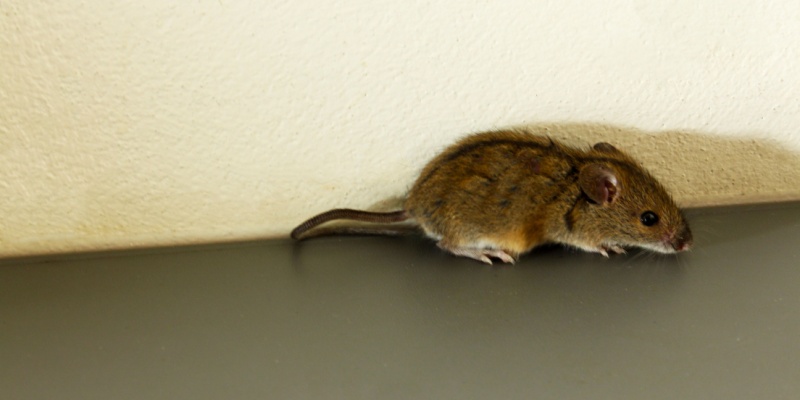Mice are one of the most common household pests, and their presence often goes unnoticed until the infestation has grown. Knowing the signs of a mouse problem is key to catching it early and preventing further damage. Here’s how to determine if you have mice in your home.
Signs of a Mouse Infestation
Mice are small and elusive, but they leave behind clear evidence of their presence. Here are some of the most common signs:
- Droppings:
Mouse droppings are small, dark, and pellet-shaped. They are often found near food sources, in drawers, or along baseboards. Fresh droppings are moist and dark, while older ones are dry and crumbly.
- Gnaw Marks:
Mice constantly chew to keep their teeth sharp. Look for gnawed food packaging, wooden furniture, or wiring. Fresh gnaw marks are light in color and darken over time.
- Tracks and Smudge Marks:
Mice tend to follow the same paths, leaving behind greasy smudge marks from their fur or tiny footprints in dusty areas.
- Nests:
Mice build nests from shredded paper, fabric, or insulation. These nests are often hidden in wall voids, behind appliances, or in storage areas.
- Noises:
At night, you might hear scratching, scurrying, or squeaking sounds from walls, ceilings, or attics.
- Unusual Odors:
A strong, musky odor often accompanies a mouse infestation. This smell comes from their urine and can be especially noticeable in enclosed spaces.
Common Places to Look for Mice
Mice are experts at finding hiding spots. Check these areas in your home for signs of activity:
- Kitchens and pantries: Mice are drawn to food sources, so inspect cabinets, drawers, and food storage areas.
- Basements and attics: These spaces offer shelter and are less disturbed by humans.
- Behind appliances: Warm, dark areas like the space behind refrigerators or stoves are ideal hiding spots.
- Wall voids and crawl spaces: Mice can squeeze through small gaps to nest in hidden areas.
How Mice Get Into Your Home
Understanding how mice enter your home is critical to preventing an infestation. Mice can squeeze through openings as small as a dime, making it easy for them to invade through cracks, vents, or gaps around doors and windows. They are particularly active during colder months when they seek warmth and food indoors.
What to Do If You Suspect Mice
If you notice any of the signs above, it’s essential to act quickly. Mice reproduce rapidly, and a small problem can escalate into a full-blown infestation in weeks. Start by sealing any entry points with materials like steel wool or caulk to prevent more mice from getting in.
Using traps or bait can help control a small infestation, but for a larger problem, professional pest control is often the most effective solution. Experts can identify the extent of the infestation, eliminate the mice, and provide advice on how to keep them from returning. Reach out to Abarb Pest Services today to get help identifying and dealing with mice in your home.
